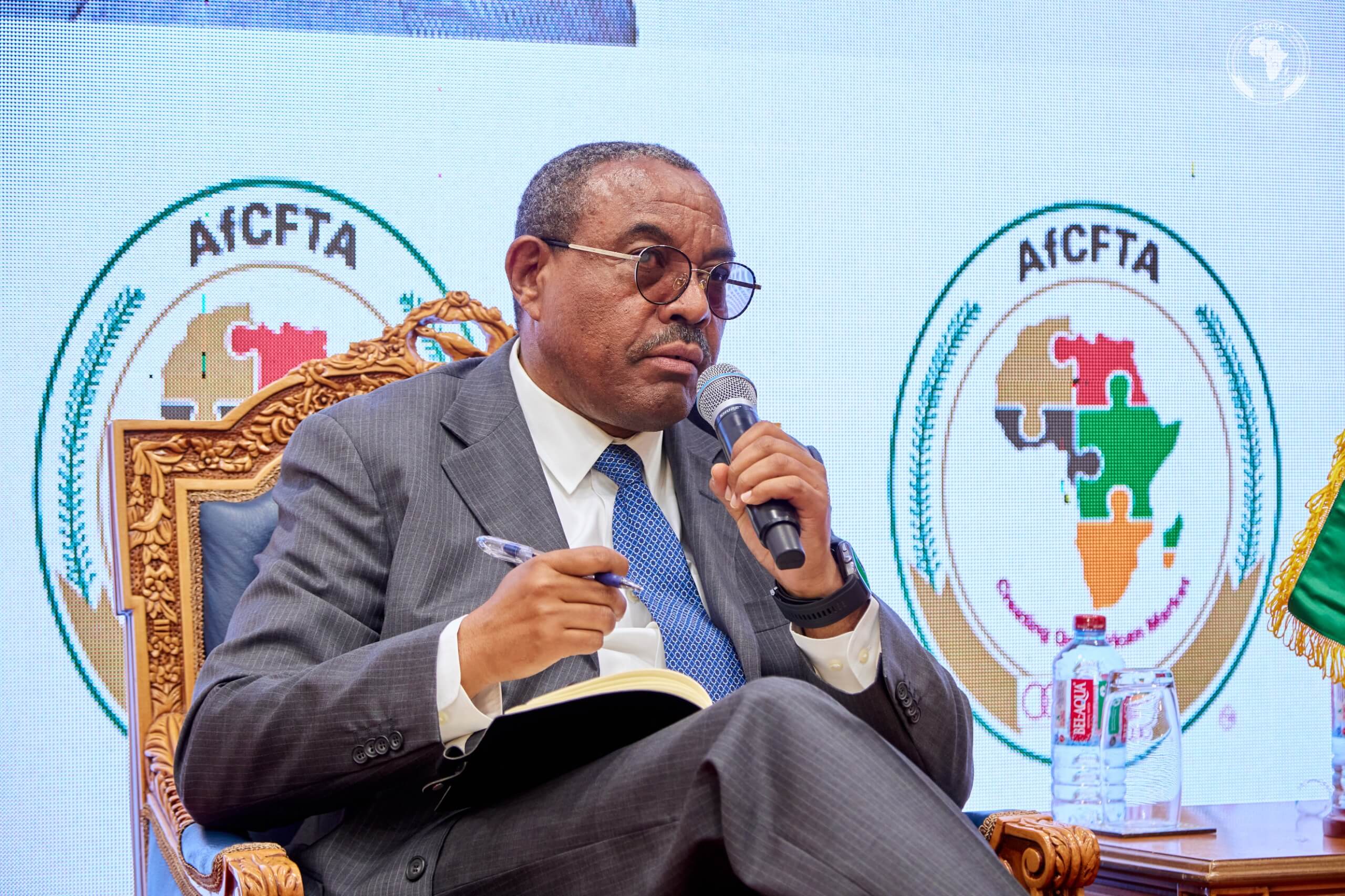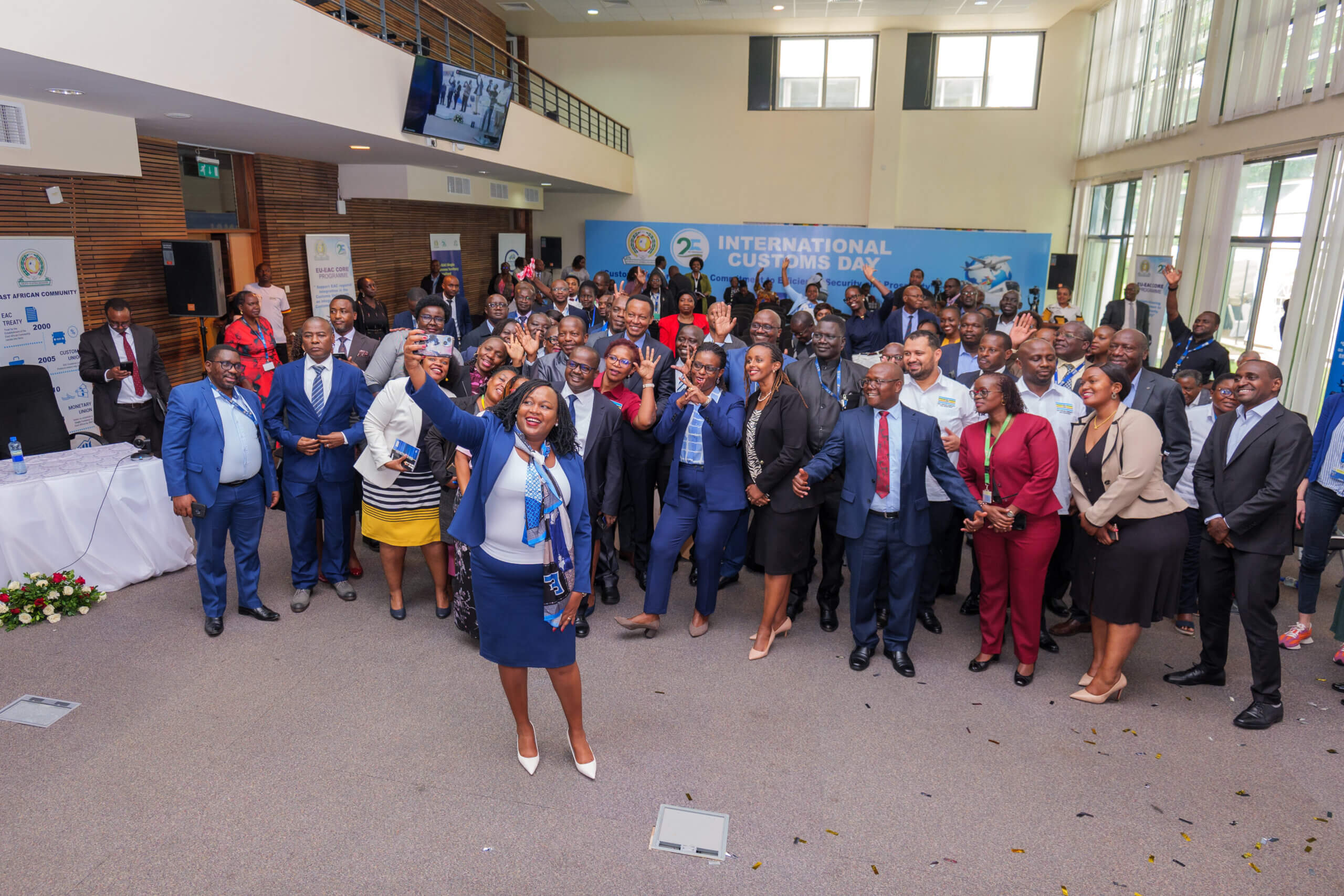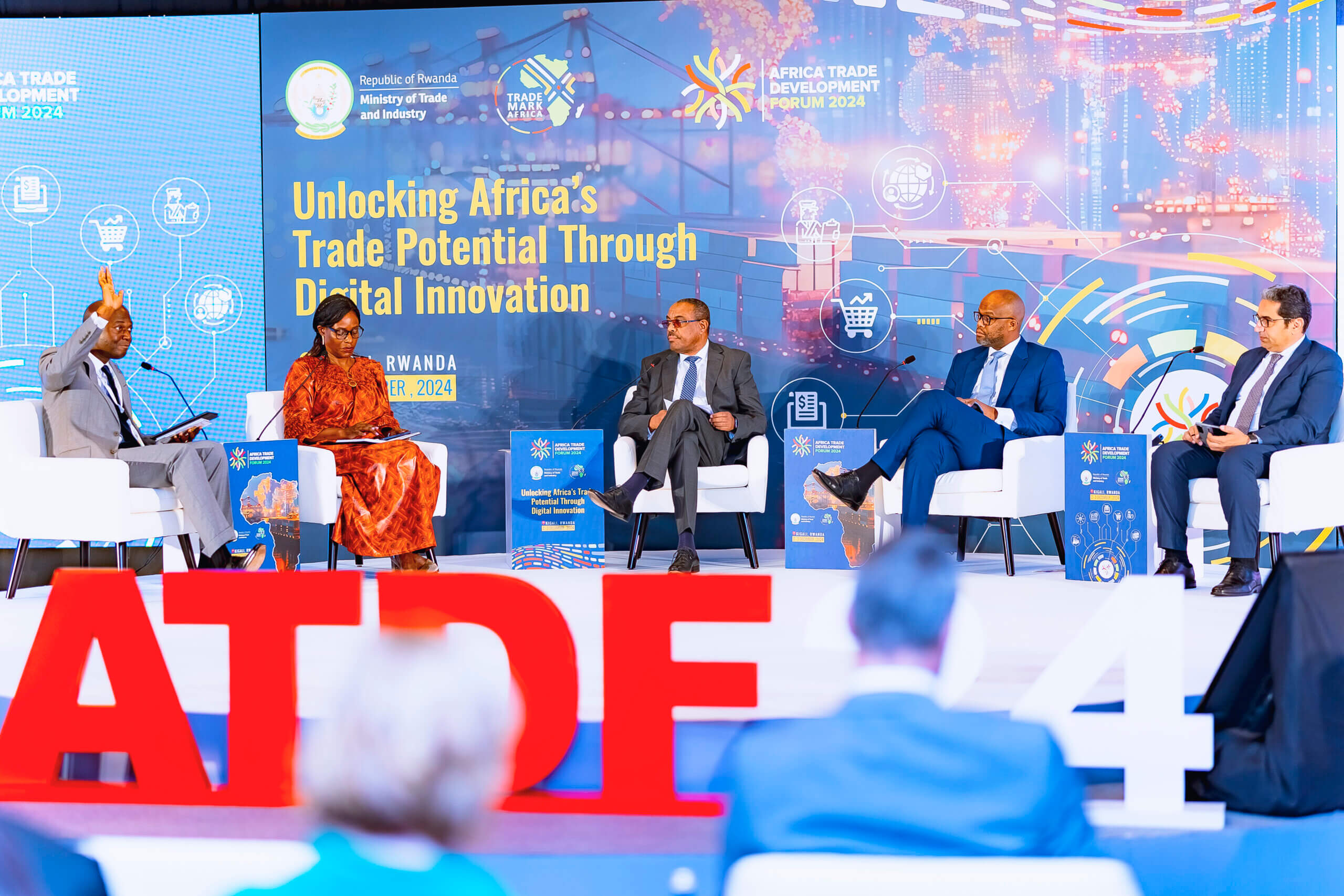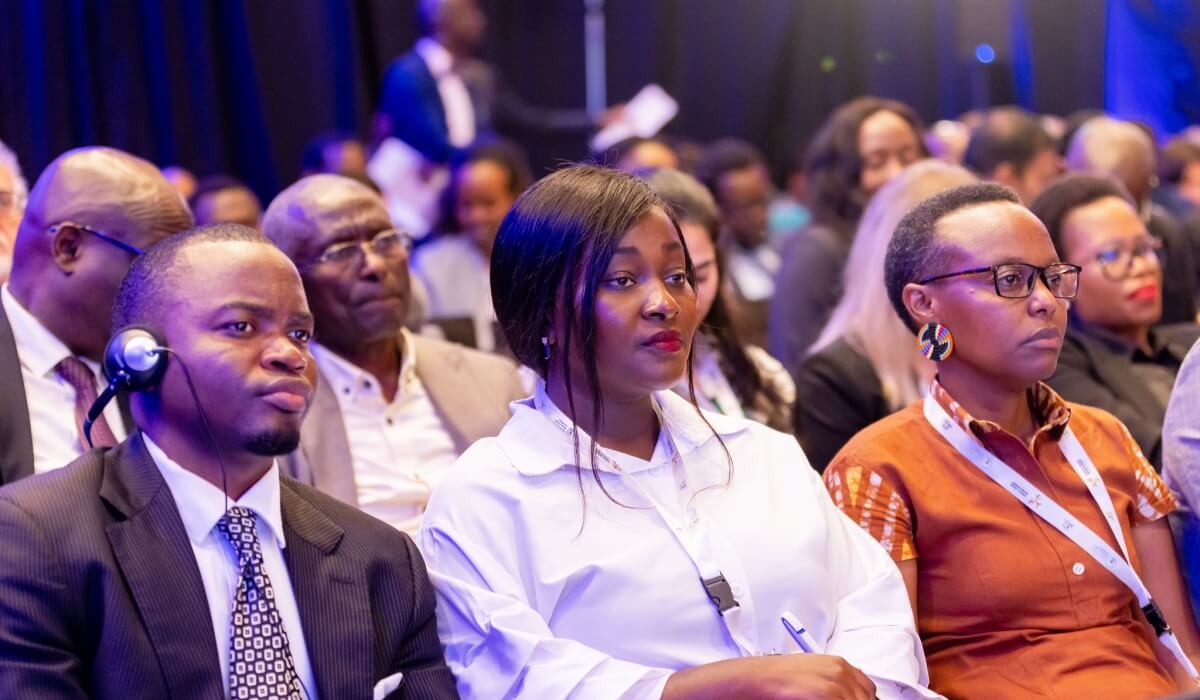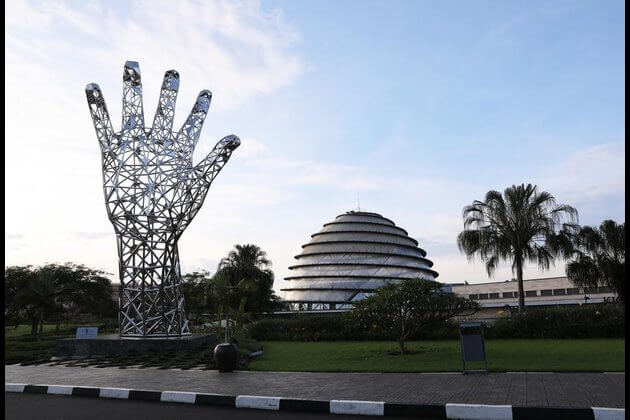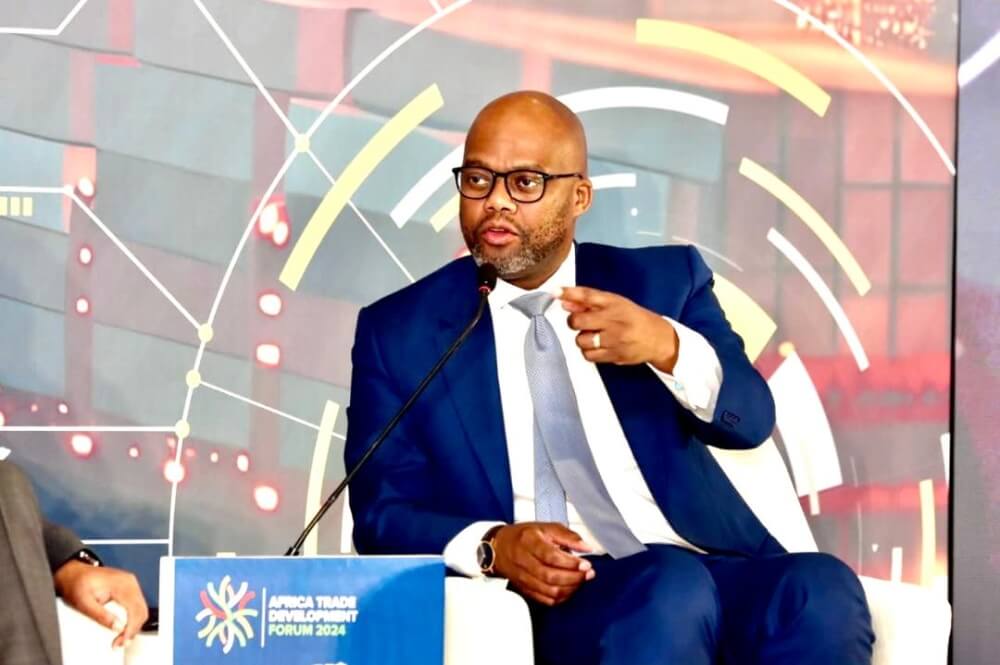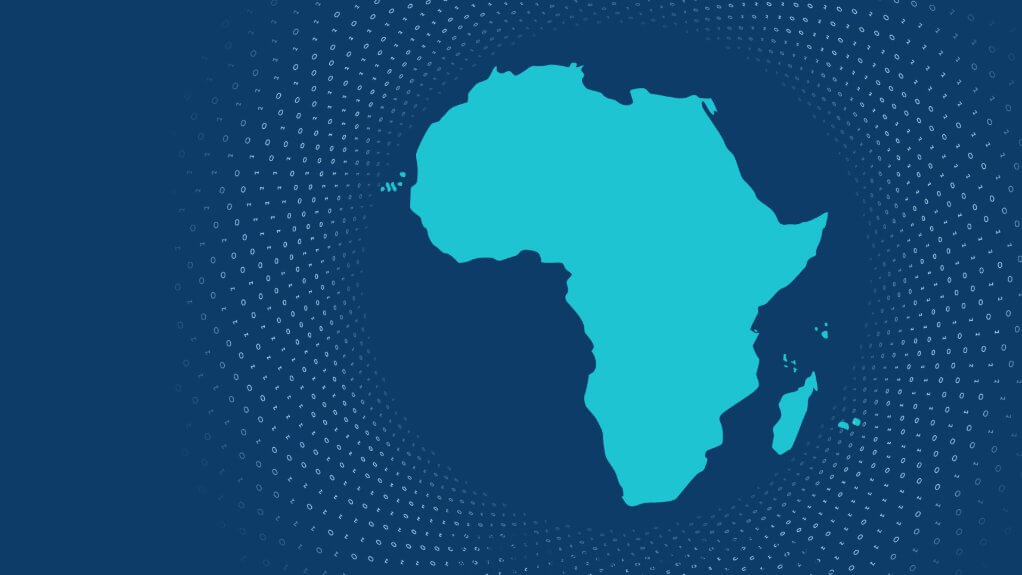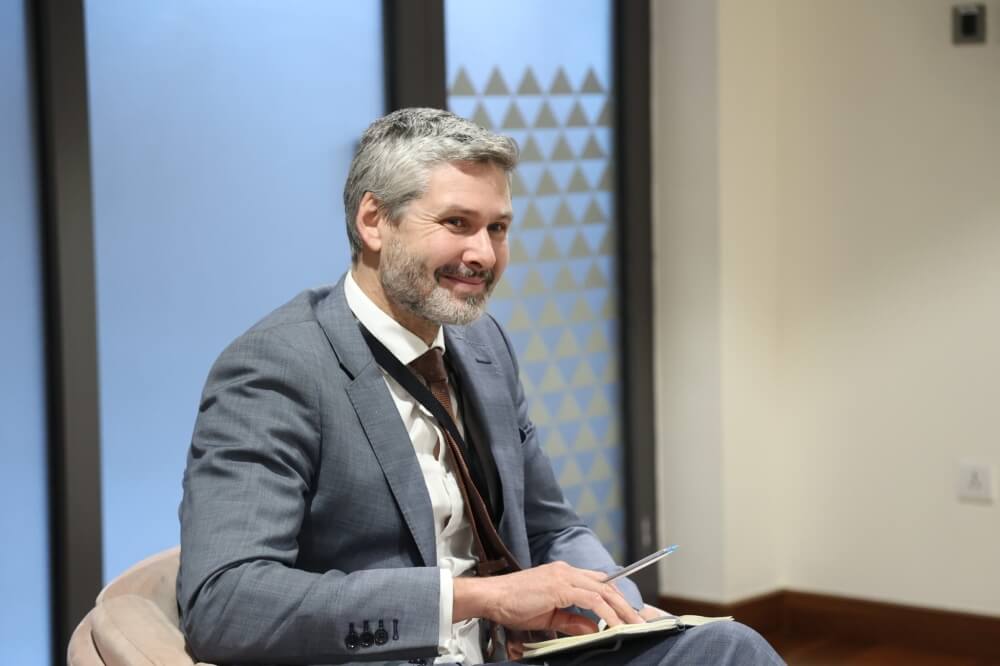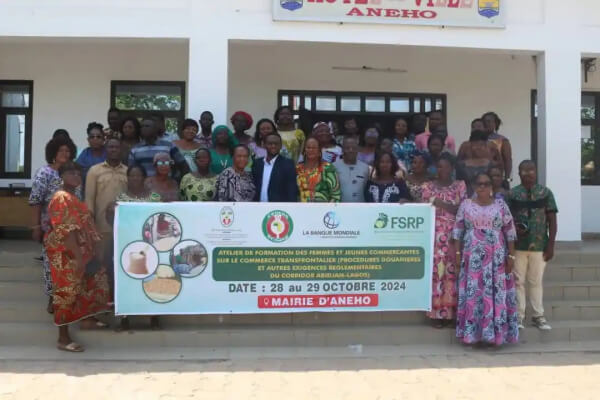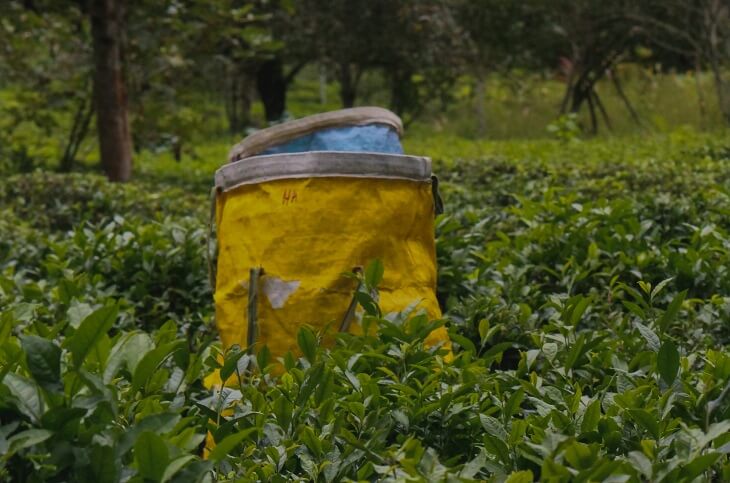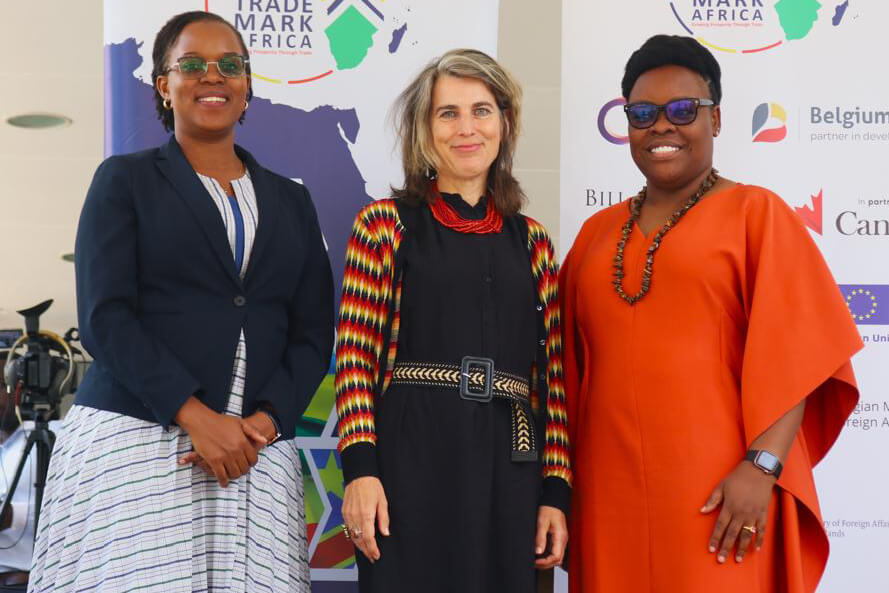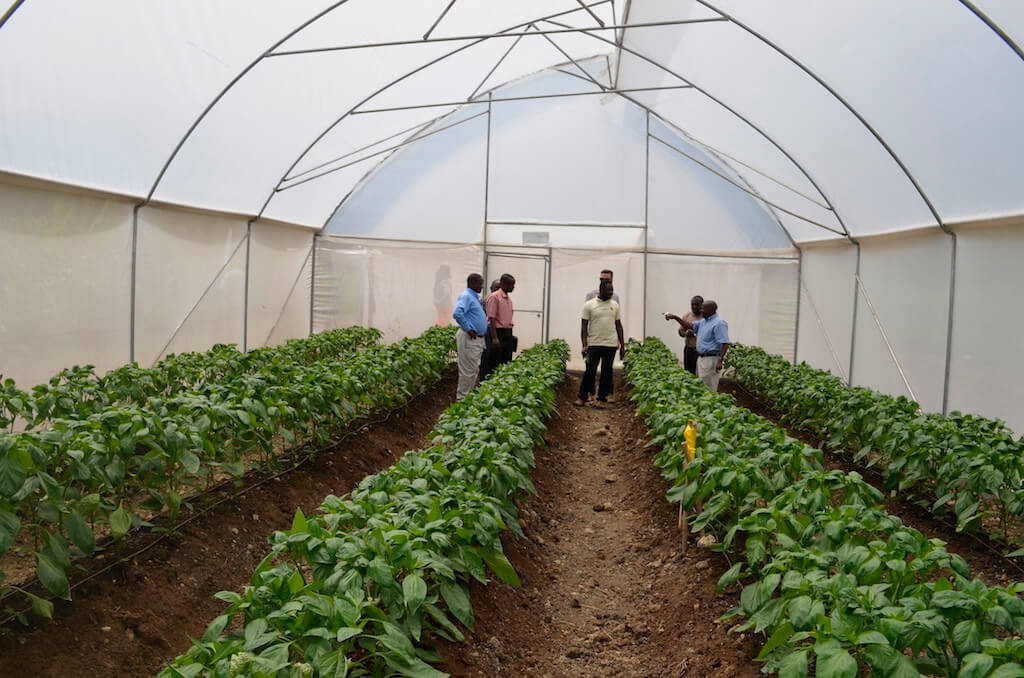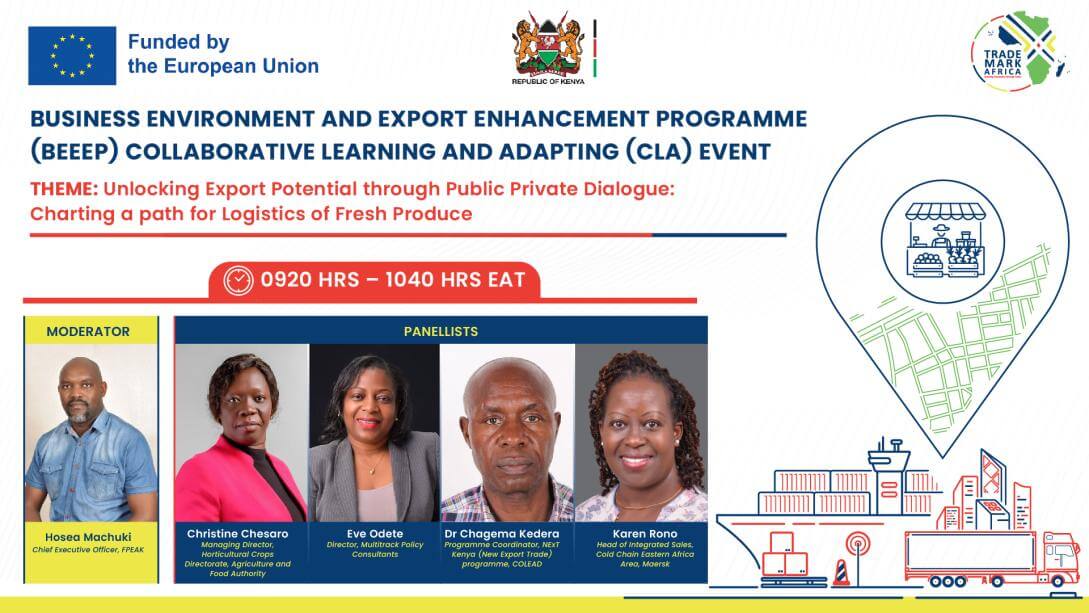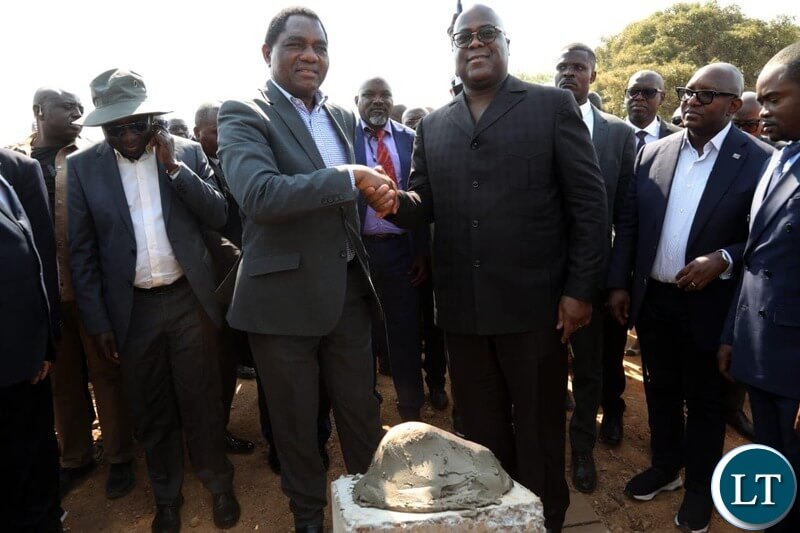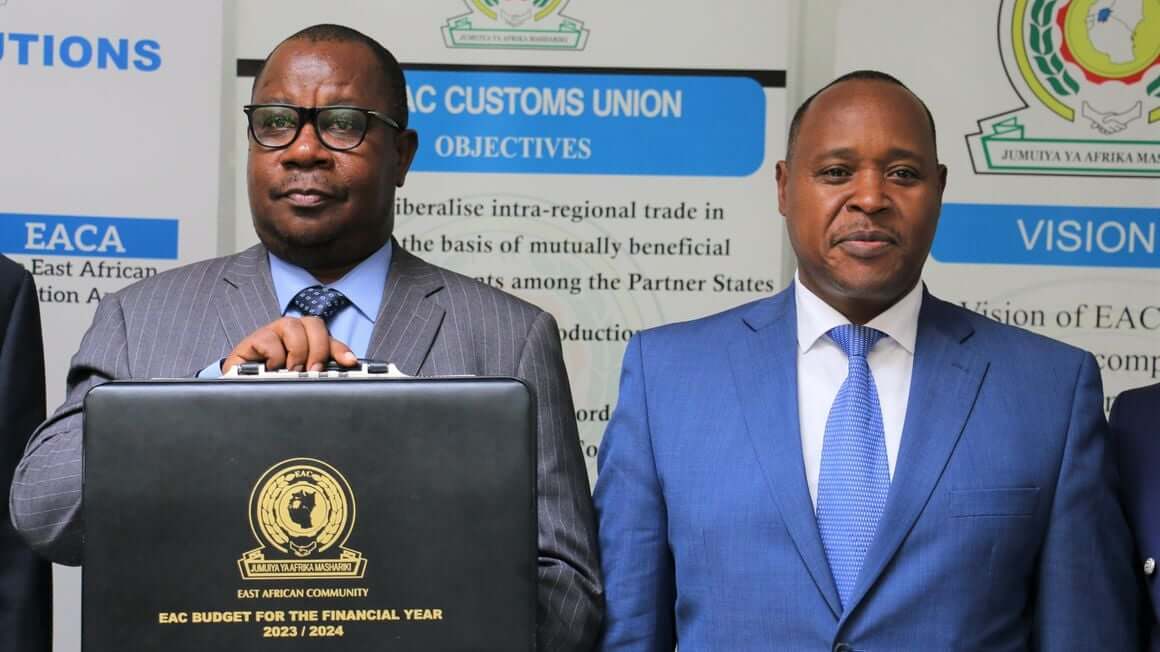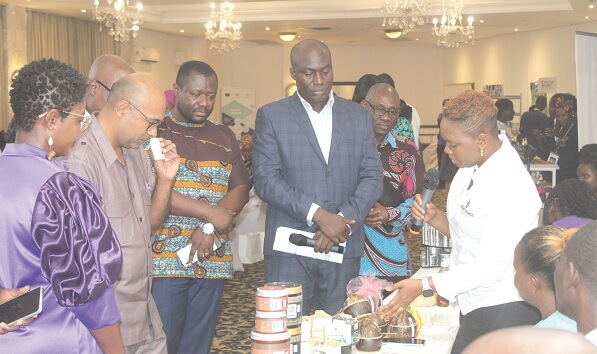
Our Projects are
Transforming African Trade
Quick Contacts
2nd Floor, Fidelity Insurance Centre Waiyaki Way, Westlands
Freight and transport costs in East Africa are among the highest in the world, with an estimation of them being at 50% higher per kilometer compared to Europe and the USA. These costs erode the competitiveness of goods exported by East African countries, raise the cost of living and put a brake on development activities in the region. For East African landlocked countries, transport costs can be as high as 75% of the value of exports. In the end, it is the producers or a business that suffers the consequences of high transport costs and inefficiencies.
The World Bank estimates that high transit costs reduce growth rates by up to 1% per annum and account for 40% of the higher consumer prices paid across the region of more than 250 million people. The institution also posits that transit times have the most significant effect on exports. Yet, studies further estimate that a reduction of one day in transit times leads to a 7% increase in export
Trade is growing up to 8% per annum across the region and economic growth is picking up. However, this growth will be constrained if the transport and logistics sector remains inefficient. Therefore, reducing the cost and time of transport and logistics should be a priority. Streamlining this sector will contribute to increasing trade, enable exports, contribute to faster economic growth and stimulate creation of new jobs.
TMAs aims to reduce transport time along the main East Africa transport corridors by 15% by 2016. To achieve this, TMA has adopted a mixed approach including infrastructure and software development support that will reduce or eliminate bottlenecks along the corridors.
TMA established the LIFT Challenge fund, targeting innovators in the private and public sector to develop and test new ideas that could reduce the cost and time of transport and logistics in the East Africa region. LIFT is a competitive financing facility that co-invests with successful innovators in projects that have the potential to offer logistics solutions, but that may be too risky to undertake. LIFT reimburses Grant Award winners against expenditures incurred. The Fund is open to businesses throughout the world that are either currently operating, or will operate, in the EAC.
Transport networks for imported and exported goods are limited primarily to road freight. Thus, Investment in intermodal transport solutions incorporating road, rail and waterway freight offer substantial opportunities to reduce logistics costs, improve efficiencies and create new east/west corridors to enhance local trade.
Allan Ngugi , Email: [email protected]
Website: www.lift-fund.com
Click here to learn more about One Stop Border Posts Program
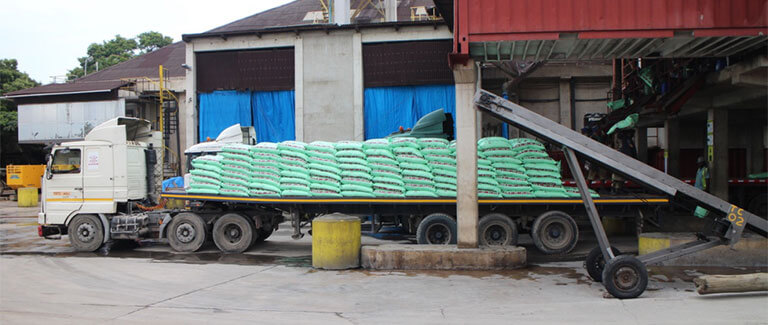
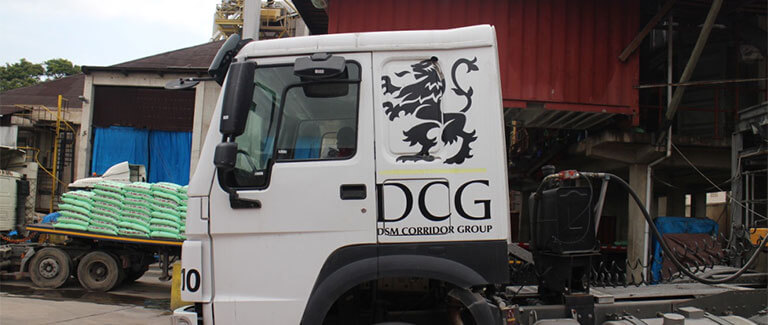
Countries remove cabotage and third party restrictions.
Average fleet utilisation amongst target SMEs increased by 20%.
Freight exchanges, pallet networks and consolidation centres established in 3 countries to enable SMEs to access markets and share services.
5 new value added services serving medium sized customers are commercially viable.
Use of ICT for vehicle tracking, routing and logistics management in target firms increased by 200%.
info access for
crops & over five breeds of livestock
info access for
crops & over five breeds of livestock
info access for
crops & over five breeds of livestock
LIFT follows a three-stage process highlighted below:
Stage 1: Project Concept Notes: It is easy to apply! If you think that you have a good idea that responds to LIFT’s aims, please submit the concept note application (PCN) form to us (available on www.Lift-Fund.com). Deadline for application: 12th August 2016
Stage 2: Full Proposals: If your concept note is accepted, we will invite you to a LIFT workshop, to brief your firm on how to submit your proposal, and answer any points of clarification. The LIFT Team will also visit your company to carry out basic due diligence assessments. The proposals and LIFT due diligence reports will be presented to the investment committee for their final selection.
Stage 3: Contract with LIFT: Almost there! Contracting of grantees will follow three key steps:

